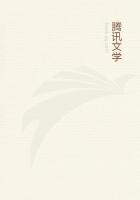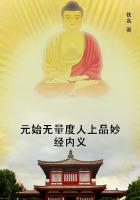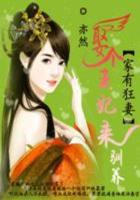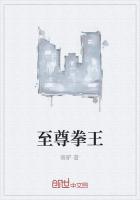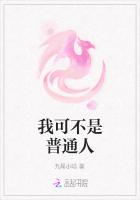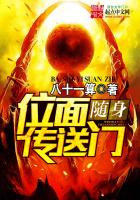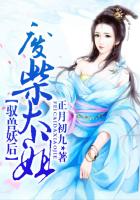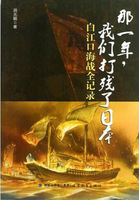"Now, though I had obtained what I wanted--a fairly good instrument,--still I was not quite satisfied; as I had produced it by a fortunate chance, and not by skill alone. I therefore set to work again on the other disc of glass, to try if I could finish it in such a way as to excel the first one. After nearly a year's work I found that I could only succeed in equalling it.
But then, during this time, I had removed the working of mirrors from mere chance to a fair amount of certainty. By bringing my mathematical knowledge to bear on the subject, I had devised a method of testing and measuring my work which, I am happy to say, has been fairly successful, and has enabled me to produce the spherical, elliptic, parabolic, or hyperbolic curve in my mirrors, with almost unvarying success. The study of the practical working of specula and lenses has also absorbed a good deal of my spare time during the last two years, and the work involved has been scarcely less difficult. Altogether, Iconsider this last year (1882-3) to mark the busiest period of my life.
"It will be observed that I have only given an account of those branches of study in which I have put to practical test the deductions from theoretical reasoning. I am at present engaged on the theory of the achromatic object-glass, with regard to spherical chromatism--a subject upon which, I believe, nearly all our text-books are silent, but one nevertheless of vital importance to the optician. I can only proceed very slowly with it, on account of having to grind and figure lenses for every step of the theory, to keep myself in the right track; as mere theorizing is apt to lead one very much astray, unless it be checked by constant experiment. For this particular subject, lenses must be ground firstly to spherical, and then to curves of conic sections, so as to eliminate spherical aberration from each lens; so that it will be observed that this subject is not without its difficulties.
"About a month ago (September, 1883), I determined to put to the test the statement of some of our theorists, that the surface of a rotating fluid is either a parabola or a hyperbola. I found by experiment that it is neither, but an approximation to the tractrix (a modification of the catenary), if anything definite;as indeed one, on thinking over the matter, might feel certain it would be--the tractrix being the curve of least friction.
"In astronomy, I have really done very little beyond mere algebraical working of the fundamental theorems, and a little casual observation of the telescope. So far, I must own, I have taken more pleasure in the theory and construction of the telescope, than in its use."Such is Samuel Lancaster's history of the growth and development of his mind. I do not think there is anything more interesting in the 'Pursuit of Knowledge under Difficulties.' His life has been a gallant endeavour to win further knowledge, though too much at the expense of a constitution originally delicate. He pursues science with patience and determination, and wooes truth with the ardour of a lover. Eulogy of his character would here be unnecessary; but, if he takes due care of his health, we shall hear more of him.[11]
More astronomers in humble life! There seems to to be no end of them. There must be a great fascination in looking up to the heavens, and seeing those wondrous worlds careering in the far-off infinite. Let me look back to the names I have introduced in this chapter of autobiography. First, there was my worthy porter friend at Coupar Angus station, enjoying himself with his three-inch object-glass. Then there was the shoemaker and teacher, and eventually the first-rate maker of achromatic instruments. Look also at the persons whom he supplied with his best telescopes. Among them we find princes, baronets, clergymen, professors, doctors, solicitors, manufacturers, and inventors. Then we come to the portrait painter, who acquired the highest supremacy in the art of telescope making; then to Mr.
Lassell, the retired brewer, whose daughters presented his instrument to the nation; and, lastly, to the extraordinary young schoolmaster of Bainbridge, in Yorkshire. And now before Iconclude this last chapter, I have to relate perhaps the most extraordinary story of all--that of another astronomer in humble life, in the person of a slate counter at Port Penrhyn, Bangor, North Wales.
While at Birnam, I received a letter from my old friend the Rev.
Charles Wicksteed, formerly of Leeds, calling my attention to this case, and inclosing an extract from the letter of a young lady, one of his correspondents at Bangor. In that letter she said: "What you write of Mr. Christmas Evans reminds me very much of a visit I paid a few evenings ago to an old man in Upper Bangor. He works on the Quay, but has a very decided taste for astronomy, his leisure time being spent in its study, with a great part of his earnings. I went there with some friends to see an immense telescope, which he has made almost entirely without aid, preparing the glasses as far as possible himself, and sending them away merely to have their concavity changed. He showed us all his treasures with the greatest delight, explaining in English, but substituting Welsh when at a loss. He has scarcely ever been at school, but has learnt English entirely from books. Among other things he showed us were a Greek Testament and a Hebrew Bible, both of which he can read. His largest telescope, which is several yards long, he has named 'Jumbo,' and through it he told us he saw the snowcap on the pole of Mars. He had another smaller telescope, made by himself, and had a spectroscope in process of making. He is now quite old, but his delight in his studies is still unbounded and unabated.


